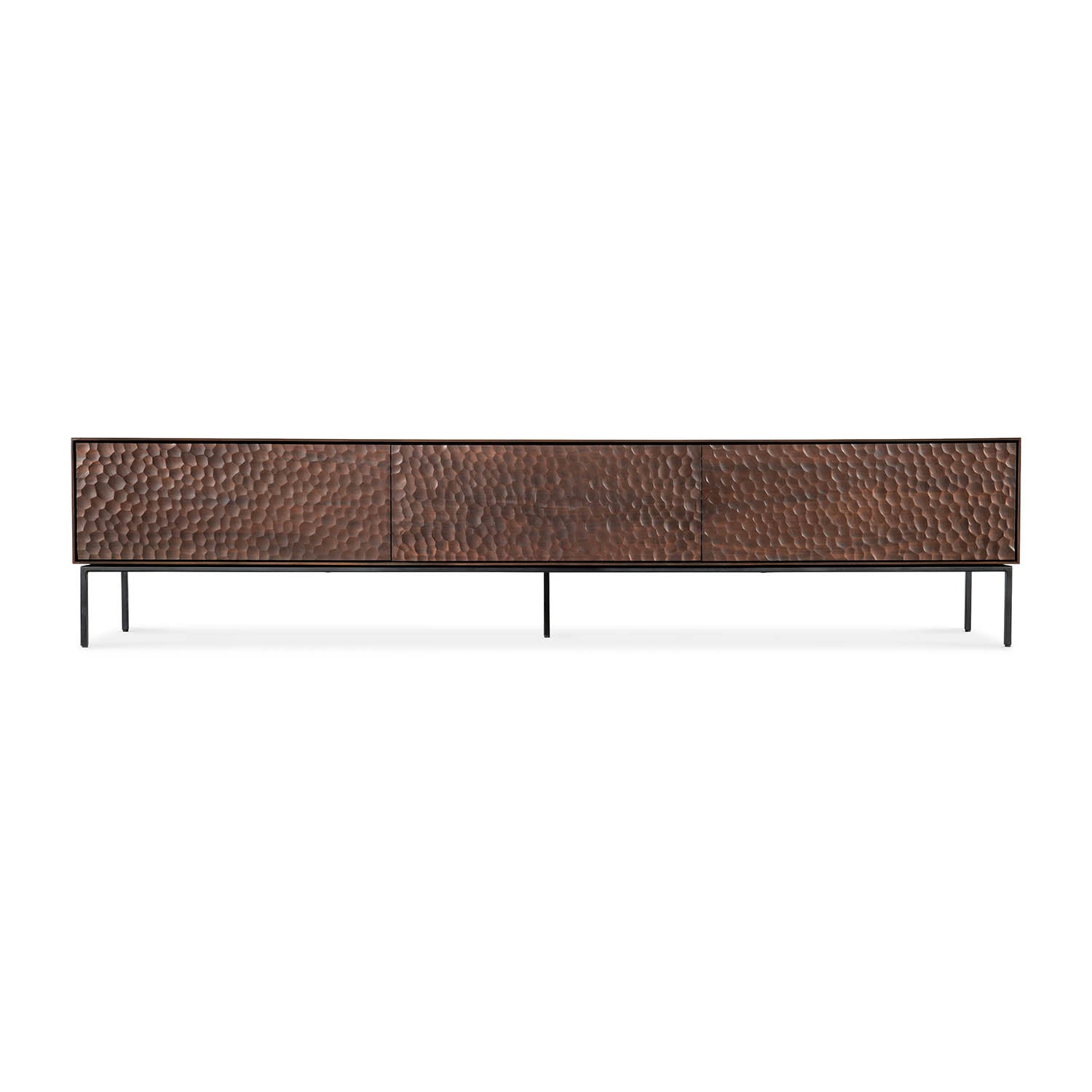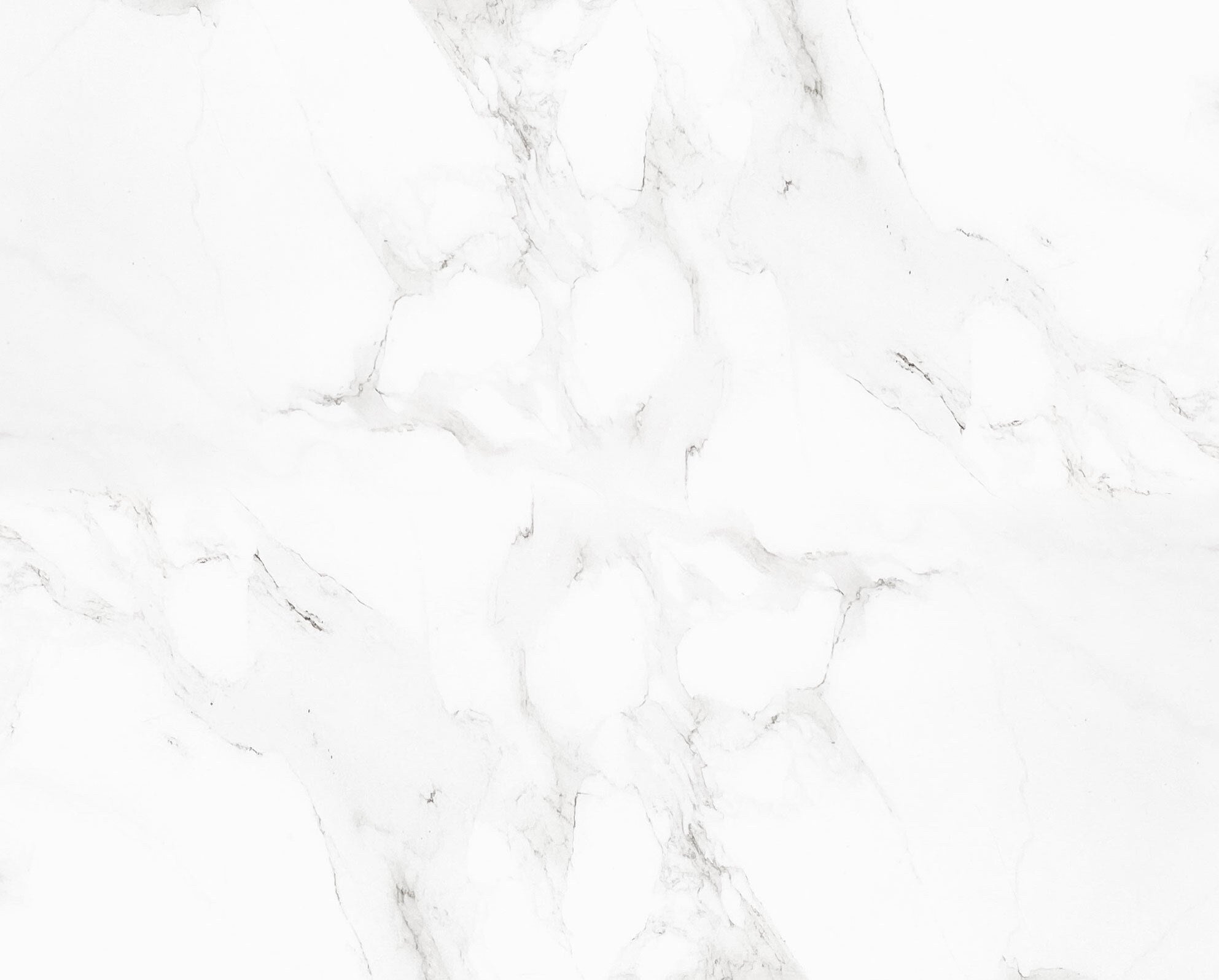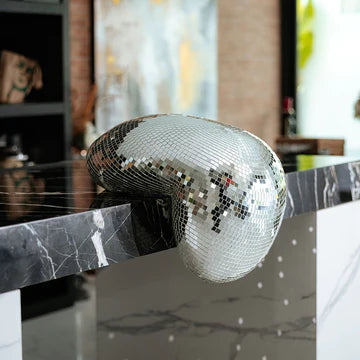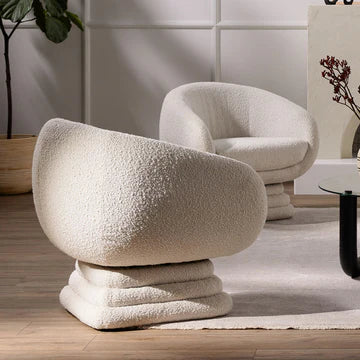Older and Bolder: How to Update an Old Home
Old houses are loaded with charm. In fact that charm is a big reason many people seek out older homes in the first place. Filled with history and character old houses can be a great place to settle down. The downside is that a lot of old houses need some work and updating to be truly livable in the modern day. You need to be careful when renovating old homes though, or you risk wiping out all of the charm that you originally fell in love with. Today we’ll take a look at how to update an old home without sacrificing its charm and character. 

Know the Era
One of the most important things before going into old house renovation is to know the era that it’s originally from. Familiarize yourself with the styles popular during that time so you can get an idea of what parts of the home are original and what may have been later updates and additions. Also get to know the color palettes of the time. While you may not want to stick with period appropriate colors, if you do like them it can be a nice touch that’s easy to maintain. Knowing the style of your house will help you make informed choices for both the interior and exterior of the home. 

Keep Proportions in Scale
Proportions have changed over time as preferences have changed and the average size of humans has grown. If you’re going to change one aspect of a room you’ll likely have to adjust the rest of the room accordingly to keep the proportions of the space looking correct. Ideally it’s best to maintain the proportion set in the original design if possible. But sometimes modern building codes will force you to update things like railings. When this happens try to adjust whatever else necessary to keep proportions in scale. 

Preserve Original Flooring
If an old home has original hardwood floors, they might appear to not be in the best shape. But don’t let looks fool you. Hardwood floors can often be sanded down and refinished to look good as new again. Only if the floor has been sanded too many times in the past so that the nail-heads become visible should you scrap the original floor and start from scratch. If you really want new floors even if the originals are salvageable, consider covering them with a new flooring that won’t damage them and will preserve them should a later resident want to refinish and use the original floors. You may also want to try to save original tile flooring. Make sure to do research on them first though, as some old tiles contain asbestos and need to be removed by professionals. 

Try to Save Original Windows
The impulse for all energy efficient homeowners is to immediately replace old, drafty windows with new ones. Replacing original windows with modern ones will almost certainly be a blow to the character of the home though. While you may think you need modern windows for energy efficiency, really all you need to do is apply modern technology to the existing windows. You can have them repaired and weatherstripped to make them work more efficiently. You can also add historically accurate storm windows outside to boost efficiency. This advice is especially applicable to stained glass windows. If you absolutely must replace original stained glass windows, try to find a spot inside for them, so they can still be a part of the home. 

Highlight Original Details
Even if you’re not committed to keeping more historical accuracy in the home, you can still highlight original details that you do like. Many old homes have beautiful moulding, trim and door details that deserve to be seen. If the moulding and trim aren’t in the best of shape you can paint everything one color, but with a slightly higher gloss on the trim to help subtly call attention to it. If the details are in good shape, you can paint them a neutral or near-neutral contrasting shade that will make them stand out. Should there be an old fireplace you love, make the wall it’s on the accent wall of the room and decorate around it. 

Keep Walls Where They Are
Another impulse when it comes to old houses is to tear down walls and open up the floor plan. Old homes often have some unusual room layouts, and can have long, narrow spaces that seem hard to work with. This may mean living with some smaller rooms, but through thoughtful design it’s easy to make it work. The biggest issue will likely be lack of sufficient storage space, but following the tips for adding storage to small spaces makes that an easy fix. If after living in the home for awhile you’re still unhappy with the layout you can consider strategically opening up some rooms, but try to knock down as few walls as possible. A totally open layout will look completely out of place in an old home. 

Reuse Original Materials
Unfortunately sometimes there’s just going to be some elements of the original home that are unusable. Materials don’t last forever, and you likely will have to replace some things. These elements don’t have to go to waste though. You may still be able to salvage some materials to reuse in new ways. Wood from flooring, doors, and beams can be used to make tables, benches, and other storage pieces. There are plenty of resources available for DIY projects involving architectural salvage should you need ideas. And whatever new piece you create it’s sure to be a nice nod to the original element.  The key to updating a home and maintaining its original character is to artfully blend the old and the new. While it’s best to try to maintain original architectural layouts and details, there’s nothing holding you back from adding modern amenities like central air or energy efficient appliances. And when it comes to furniture you don’t have to stick to period appropriate styles - transitional or contemporary pieces can look just as good (and may be more comfortable). Getting an older home can be a bit intimidating because they often do need work. But with some thoughtful updates it’s worth the effort to end up with a home so loaded with history and charm.
The key to updating a home and maintaining its original character is to artfully blend the old and the new. While it’s best to try to maintain original architectural layouts and details, there’s nothing holding you back from adding modern amenities like central air or energy efficient appliances. And when it comes to furniture you don’t have to stick to period appropriate styles - transitional or contemporary pieces can look just as good (and may be more comfortable). Getting an older home can be a bit intimidating because they often do need work. But with some thoughtful updates it’s worth the effort to end up with a home so loaded with history and charm.
 The key to updating a home and maintaining its original character is to artfully blend the old and the new. While it’s best to try to maintain original architectural layouts and details, there’s nothing holding you back from adding modern amenities like central air or energy efficient appliances. And when it comes to furniture you don’t have to stick to period appropriate styles - transitional or contemporary pieces can look just as good (and may be more comfortable). Getting an older home can be a bit intimidating because they often do need work. But with some thoughtful updates it’s worth the effort to end up with a home so loaded with history and charm.
The key to updating a home and maintaining its original character is to artfully blend the old and the new. While it’s best to try to maintain original architectural layouts and details, there’s nothing holding you back from adding modern amenities like central air or energy efficient appliances. And when it comes to furniture you don’t have to stick to period appropriate styles - transitional or contemporary pieces can look just as good (and may be more comfortable). Getting an older home can be a bit intimidating because they often do need work. But with some thoughtful updates it’s worth the effort to end up with a home so loaded with history and charm.






Leave a comment